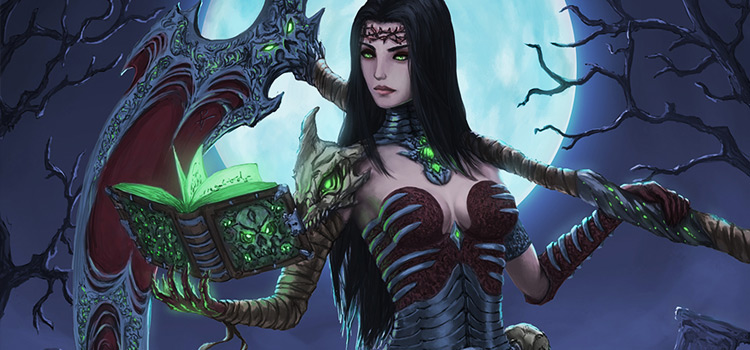
Many spellcasters are excellent disable strikers. Damage: Throw a pile of damage on things.Striker: Single-target damage or disable.Infiltrator: Sneak in, look at stuff, maybe take some stuff.Scout: Stealth, scouting, and trap-finding.Librarian: All of the knowledge skills: Arcana, Nature, Religion.Face: Deception, Persuasion, Intimidation, and sometimes Insight.Taunt/Threat: Either by dealing a ton of damage or using a mechanic to force enemies to attack them like Compelled Duel, Threat Defenders force enemies to engage them instead of the defender’s allies.Sentinel is an easy way to add this role to your character. Area Control: Defend their allies by preventing or deterring enemies from moving past them.
 Defender: Stands between the biggest monsters and the squishy people. Crowd Control: Status effects and hindrances which affect large groups, such as by creating difficult terrain. To some extent, short-range teleportation may also qualify. Standard Control: Wall of Fire and other effects which control movement on the battlefield, as well as effects which force movement, such as the Warlock’s Repelling Blast. Controller: Control movement on the battlefield. Blaster: AoE damage effects like Fireball. These sub-roles don’t generally affect party composition, but I refer to them frequently in other articles. Some roles include sub-roles to distinguish specific strategies common to that role. As such, I have expanded the list of roles considerably. They also fail to address the versatility of many classes which can fill a variety of roles.
Defender: Stands between the biggest monsters and the squishy people. Crowd Control: Status effects and hindrances which affect large groups, such as by creating difficult terrain. To some extent, short-range teleportation may also qualify. Standard Control: Wall of Fire and other effects which control movement on the battlefield, as well as effects which force movement, such as the Warlock’s Repelling Blast. Controller: Control movement on the battlefield. Blaster: AoE damage effects like Fireball. These sub-roles don’t generally affect party composition, but I refer to them frequently in other articles. Some roles include sub-roles to distinguish specific strategies common to that role. As such, I have expanded the list of roles considerably. They also fail to address the versatility of many classes which can fill a variety of roles. 
However, due to 4e’s fairly combat-heavy play style, these roles don’t stretch to fit the more diverse and complex needs of an adventuring party.

These roles helped to encourage rounded parties which met the needs of the party in combat, and while those explicit roles were removed in the move to 5e, it still provides an excellent framework to consider how to build a party

Each class was specifically denoted as a Controller, Defender, Leader, or Striker.
Example Party Compositions Defining Party RolesĤth edition DnD added the concept of specifically codified class roles. Even if each individual character is heavily optimized, you may find that your party struggles unless your party composition meets the needs of the game. By carefully composing a party of any size, it can better handle the challenges commonly presented to an adventuring party. A good adventuring party is greater than the sum of its parts.








 0 kommentar(er)
0 kommentar(er)
